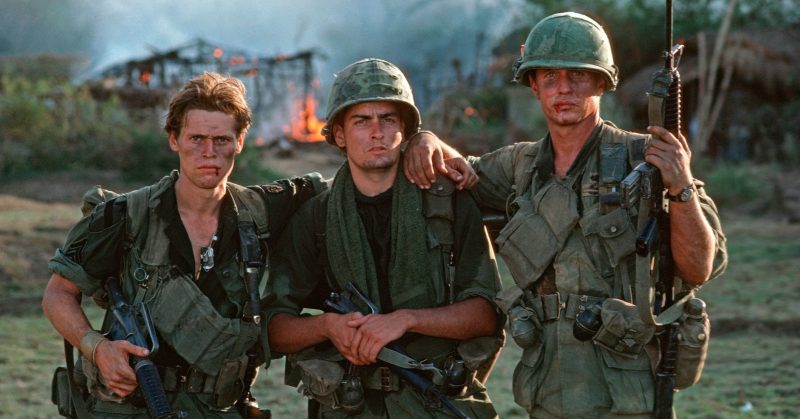Not surprisingly, the film was banned in Vietnam by the authorities because of its portrayal of Vietnamese soldiers.
Films about historical military events are one of the core sources for producing the next generation of history buffs and keeping the historical record alive.
We watch them not just for the action and adventure of the films, but so that we can, in some way, relate to the individuals that actually took part in conflicts.
As if fans of military history and films needed any more reason to watch and enjoy Oliver Stone’s epic film about the Vietnam War, here are some extremely cool facts about the making of Platoon.
How often does a film change the culture of a nation? For Vietnam veterans in the 1980s, the film was an awakening. Such men had been pariahs during and following the war. They had endured abuse and been forced into anonymity.
Finally, someone had shown the American people what the veterans had been struggling with for nearly two decades. They rightly became regarded as heroes by the public in general.
If you haven’t seen the film already, you should watch it immediately because it is one of the best films ever made. In fact, the American Film Institute ranks it in the top 100 of best American films of all-time (currently number 86).
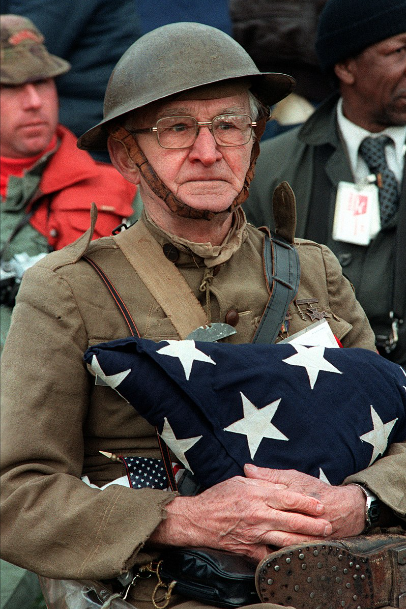
Roger Ebert called it the best film of 1986 and ranked it #9 of all the films in the 80s. Both Ebert and Gene Siskel gave it 4 out of 4 stars.
If that isn’t enough to entice you to watch it, then read on to find out ten amazing facts about this fantastic film. But beware — this list has spoilers.
#1
Writer and director, Oliver Stone, is the first Vietnam veteran to both write and direct a film about the Vietnam War. He is one of only a handful of veterans to have won an Oscar.
Platoon was nominated for eight Academy Awards in 1986. It won four, including Best Picture and Best Director.
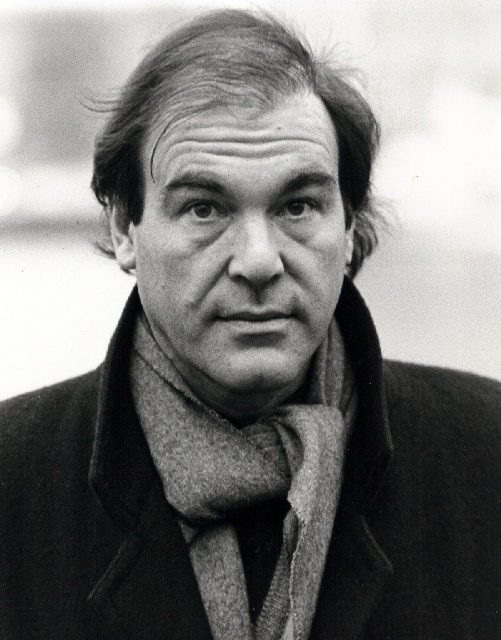
#2
The U.S. Department of Defense declined to help in the making of the film, so the equipment had to be borrowed or bought from other sources including the Philippine military.
Despite this setback, the uniforms and equipment are remarkably authentic, and the film even used an actual RPG launch and explosion during filming.
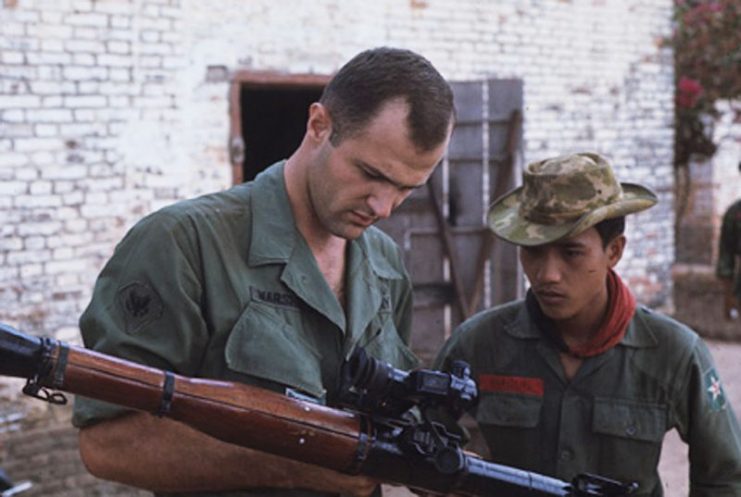
#3
The film was banned in Vietnam by the authorities because of its portrayal of Vietnamese soldiers. However, when the VHS version was released in 1988, it was one of the most viewed films in Vietnam according to Saigon newspapers.
#4
Several famous actors and figures were offered roles in the film before the final casting was made.
After writing the script for the film, Stone sent a copy to Jim Morrison, the lead singer of the Doors, offering him the lead role. The script was found in Morrison’s apartment at the time of his death.
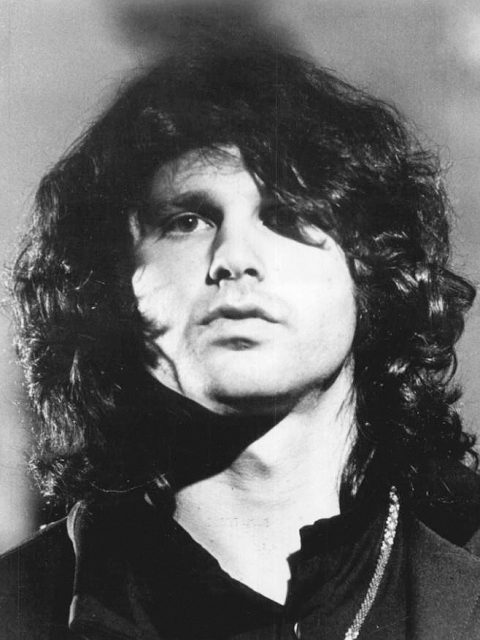
Emilio Estevez was given the main role of Chris Taylor, but after delays in getting the film financed, he had to decline due to other obligations. His younger brother, Charlie Sheen, was cast instead.
Kevin Costner turned down the role because he thought it might offend his brother who was a Vietnam veteran. Stone cast him in JFK several years later.
#5
Stone wrote the original script in 1968 after he returned from the war. At that point, it was titled Break and was shelved until Stone could get it picked up by a studio. However, the strength of the screenplay landed him a job writing the screenplay for Midnight Express.
This successful film earned him an Oscar in 1978, but Stone still failed to get his Vietnam film made until 1986 — and then on a budget of only $6 million.
In contrast, Top Gun was also released in 1986 with a budget of $15 million and support from the Department of Defense.
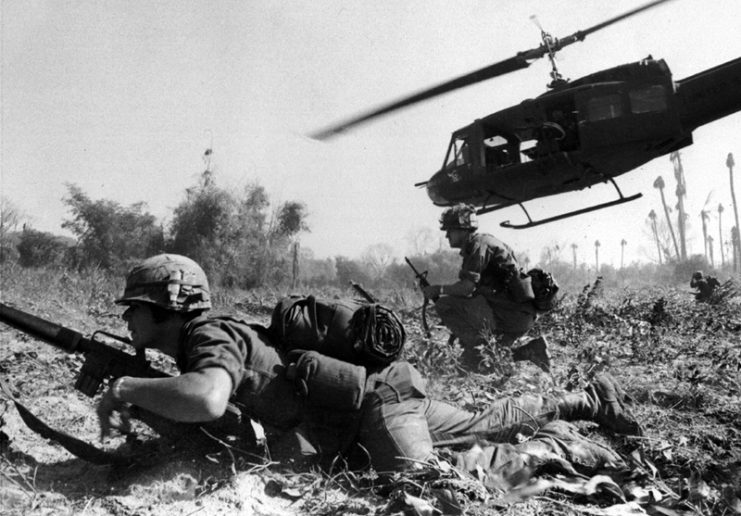
#6
Many of the cast had no big screen credits to their name when they were given their roles. Even Tom Berenger and Willem Dafoe, who anchored the cast, had only done a few movies to date.
Future stars like Charlie Sheen, Forrest Whitaker, and Johnny Depp would get a crash course from Stone on their craft as actors during the making of the film. Depp had never even left the U.S. before he departed for the Philippines.
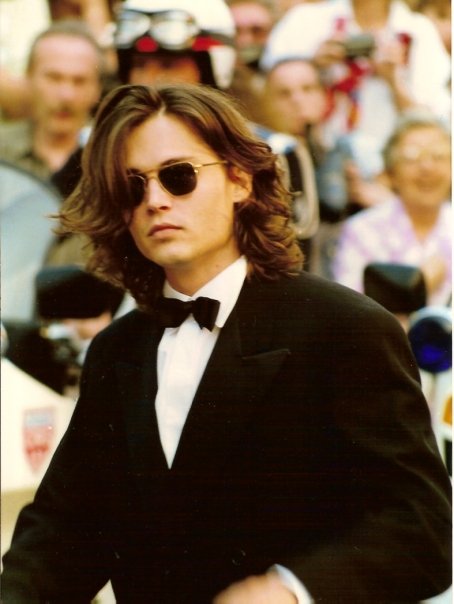
#7
The film was shot entirely in the Philippines. The cast was required to do two weeks at a boot camp designed by Oliver Stone and fellow vet, Dale Dye immediately before shooting began.
The revolution that ousted Philippine President Marcos not only delayed the boot camp but also nearly killed the project before it got started. Stone and Dye were eventually able to negotiate contracts with the new government, and the boot camp started two days after Marcos left the country.
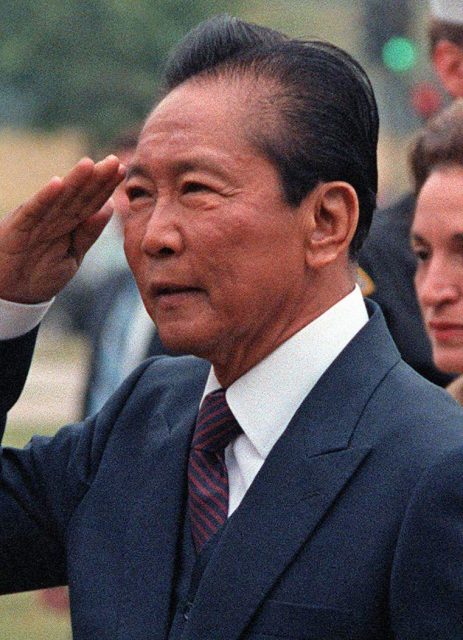
The cast had to dig their “homes” with entrenching tools and had their heads shaved by Dye. They underwent 16 to 18 hours of training a day, weren’t allowed to shower or shave, ate only army rations, and slept in two-hour shifts at night.
Berenger said that he lost 28 pounds in two weeks because of the grueling conditions, and Dafoe became extremely ill from drinking polluted water.
The cast learned how to clean and operate their weapons, set claymores and booby traps, administer first aid, and sleep in their ponchos. They were only allowed to use their character names.
By the end of the boot camp, they were fighting and snapping at each other just like normal grunts. Stone insisted that they immediately go to the shooting location after boot camp with no rest. He wanted them to be tired, frustrated, and angry during the filming.
The success of the boot camp and the film helped launch Dye’s career as an advisor for military and combat films as well as an actor.
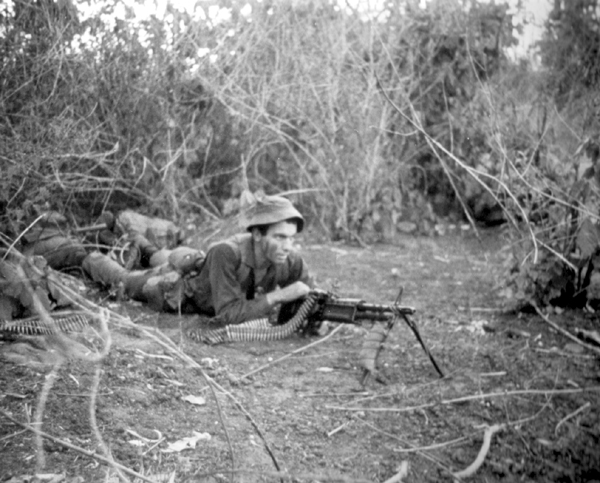
# 8
The cast has referred to Stone as a “dark, evil genius” and nearly every actor claims to have “hated” Stone at some point of the filming. He brought several of the actors to tears as he extracted everything he could from each of them.
Most of the actors have gone on to state publicly that the experience of making Platoon was or is one of their greatest achievements and proudest projects.
Despite the adversity in shooting, the cast and crew were “all in.” The actors helped create and move the sets. They wanted to see the film made if only for the sake of Dye and Stone who were clearly emotionally tied to telling the story.
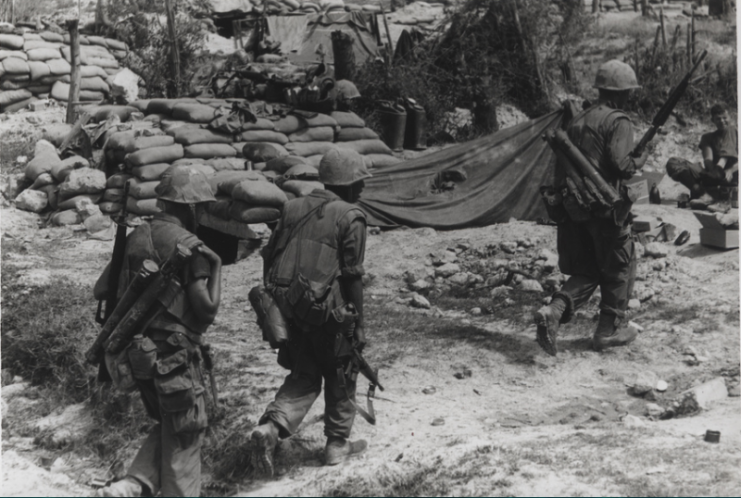
# 9
The cast became a brotherhood of men that were interdependent as had been the case with the soldiers in real life. The environment while making the film was so immersive that many of the interactions and mistakes even made it into the movie.
In the opening credits, the soldiers are hiking up a steep trail in the mud, and Big Harold (Forrest Whitaker) slips and falls, causing him to slide down the trail. This wasn’t in the script, but the reaction was so realistic that it made the final cut.
In another scene, Sergeant O’Neill (played by John C. McGinley) tries to light Sergeant Barnes’s (Tom Berenger) cigarette, but the lighter doesn’t work the first time. McGinley doesn’t break character at all, and the take stood as it was filmed.
Sheen even credits King (David Keith) with saving his life during filming when the helicopter they were in made a steep turn. Sheen’s harness didn’t hold and he nearly fell out the open side of the Huey, but Keith grabbed hold of him.
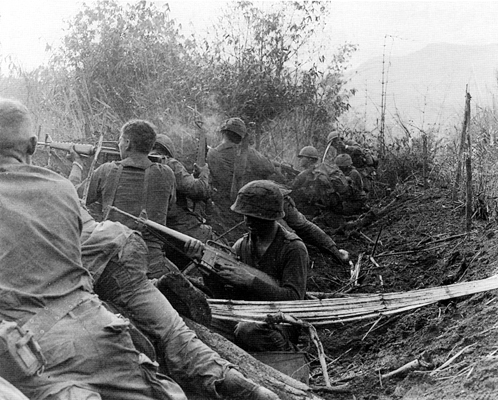
The iconic image of the film where Dafoe’s character, Sergeant Elias, is seen raising his arms to the sky as he is killed was supposed to include some explosions of blood. However, Stone was so impressed with Dafoe’s performance in the scene, that he left it without reshooting.
Dafoe was also tasked with queuing the special effects for the scene, and you can make out a device in his hand if you look closely.
# 10
Stone and Dye went to extraordinary lengths to get the correct look and feel for the movie. The attention to detail and the desire to obtain as much realism as possible is remarkable for the film.
Stone insisted that the color of the dirt and mud in the Philippines didn’t look authentic enough, so red dirt was flown in to give the set a Vietnam appearance.
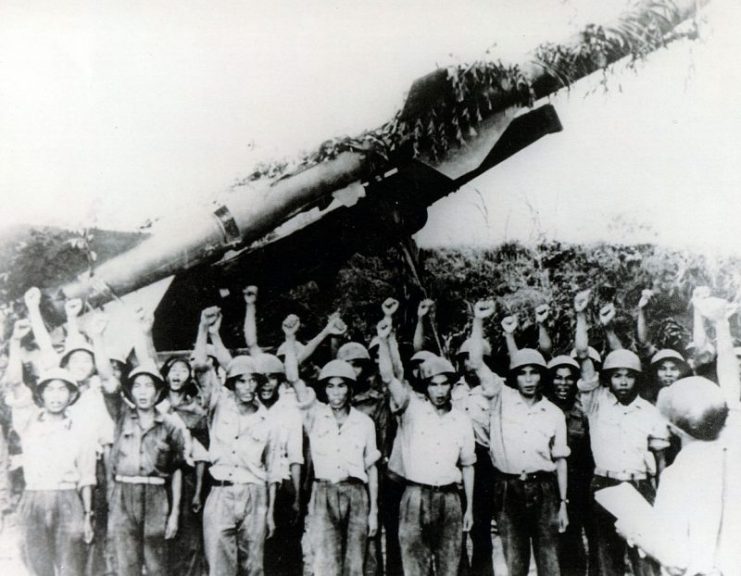
Platoon is littered with other evidence of how thorough Stone was. For instance, the packs of Marlboro cigarettes were even made to ensure they showed the correct amount of red color that they would have had in the late 60s.
Additional details include the yellow bamboo arrow used to show Vietnamese troops in which direction to find the American troops, the safe conduct pass that is pinned to Manny’s dead body (these were air-dropped to NVA forces encouraging them to desert), and even the Alberto Vargas pinup from 1967 is visible in one scene.
The film is so well nuanced that in one scene, Rhah, a regular drug user played Francesco Quinn, is filmed taking something from a dead NVA soldier’s breast pocket. The item is heroin, which the Viet Cong used as morphine.
McGinley said, “By the end of making Platoon, we felt like we had made a love story about young men dying in war.” When the cast members returned to the U.S., Top Gun was tearing up the box office.
Read another story from us: Rambo: Last Blood to Hit Cinemas in Early Fall 2019
The cast and crew had no idea how well-received the film would be. Many of the cast have said that they knew they had made a fantastic film, but they had little faith that the American public would embrace it.
Dye convinced Stone to show the film to members of his veterans group even before it was completed to get feedback. The men were amazed. Even then, Stone remained skeptical of how popular the movie would be.
The American box office results were $138.5 million.
